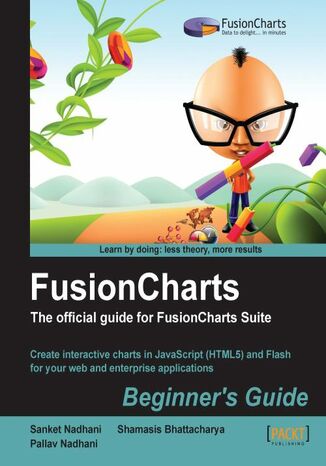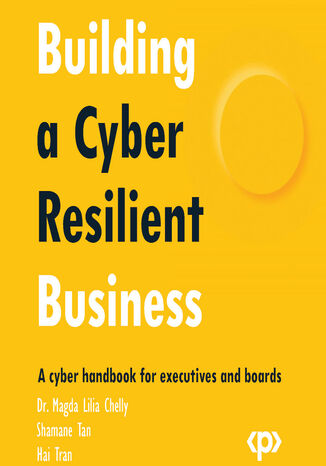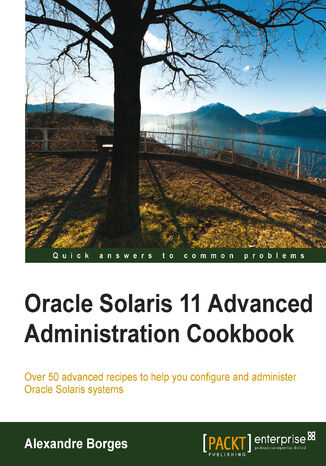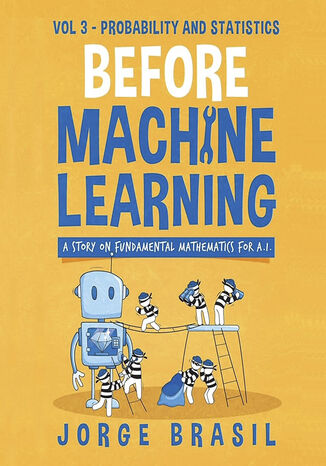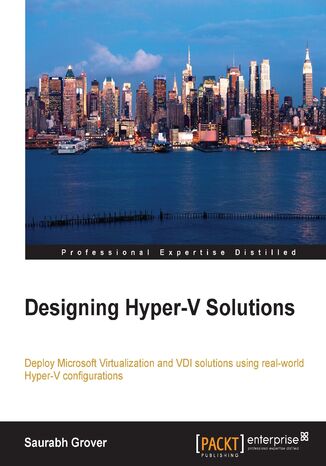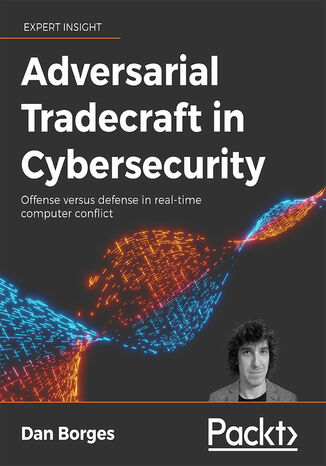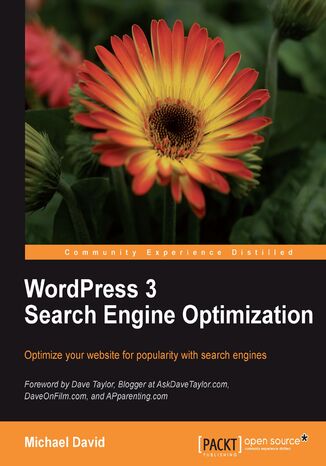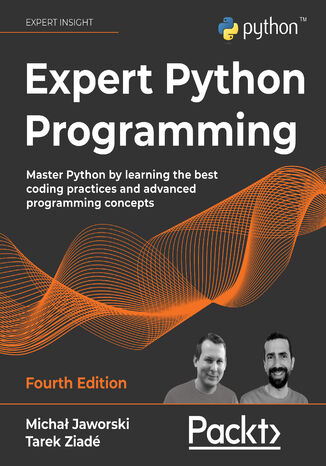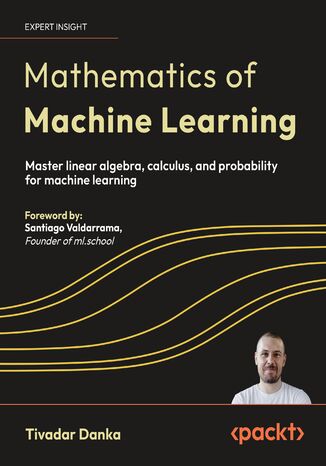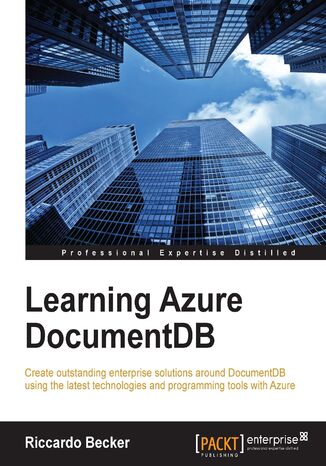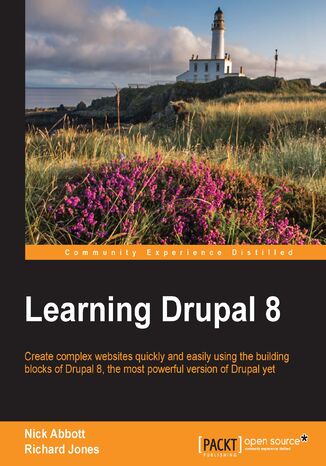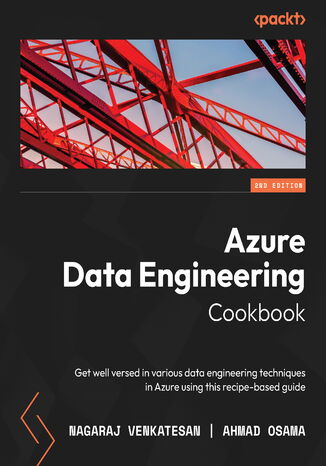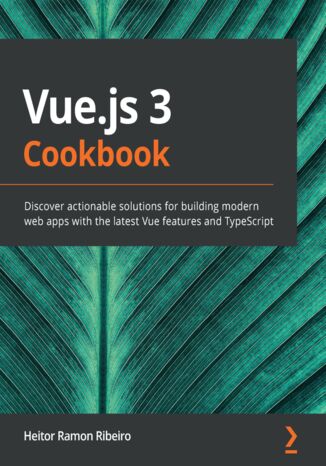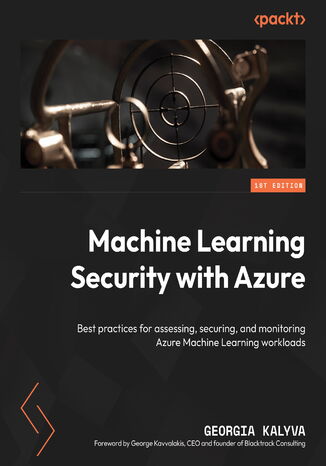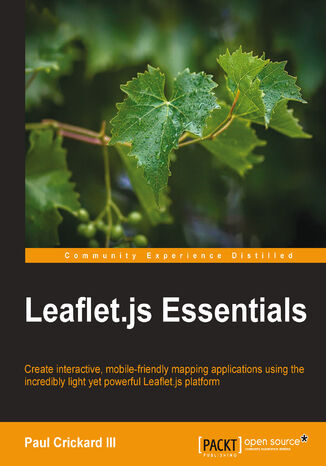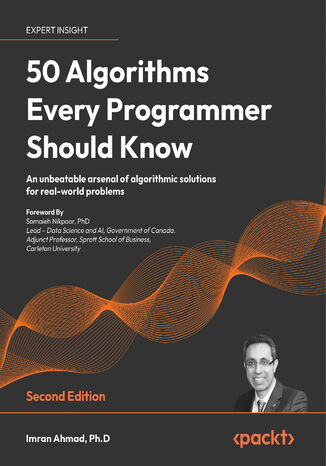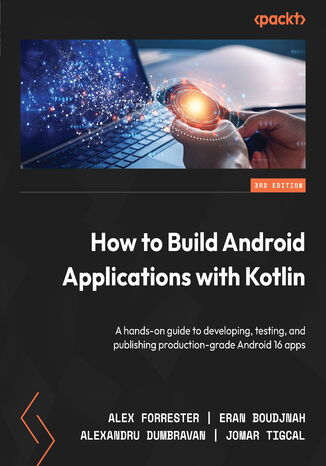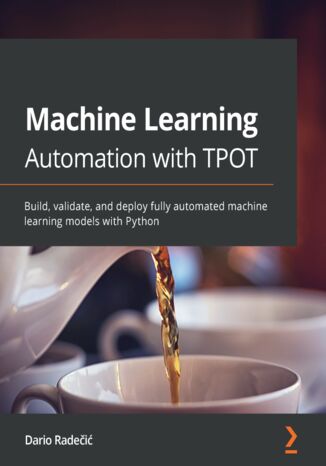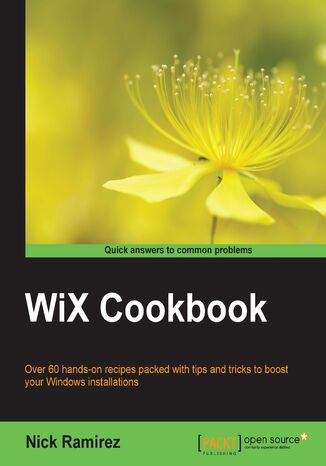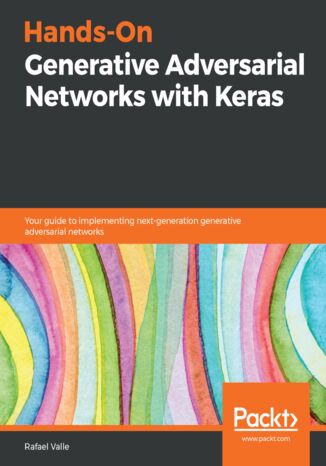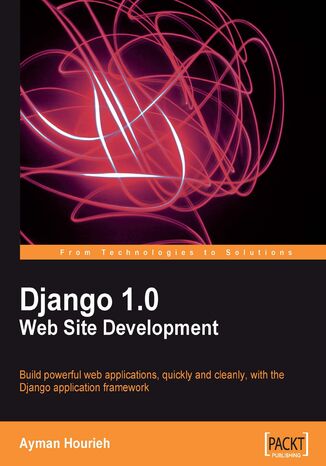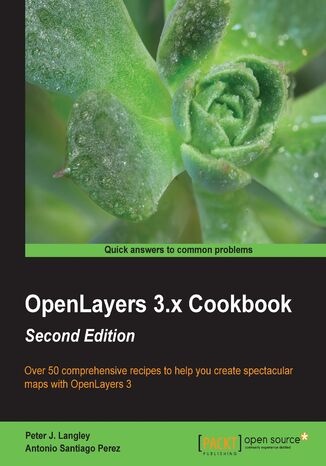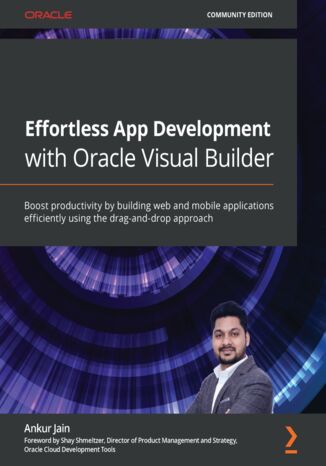Kategorie
-
- Bitcoin
- Bizneswoman
- Coaching
- Controlling
- E-biznes
- Ekonomia
- Finanse
- Giełda i inwestycje
- Kompetencje osobiste
- Komputer w biurze
- Komunikacja i negocjacje
- Mała firma
- Marketing
- Motywacja
- Multimedialne szkolenia
- Nieruchomości
- Perswazja i NLP
- Podatki
- Polityka społeczna
- Poradniki
- Prezentacje
- Przywództwo
- Public Relation
- Raporty, analizy
- Sekret
- Social Media
- Sprzedaż
- Start-up
- Twoja kariera
- Zarządzanie
- Zarządzanie projektami
- Zasoby ludzkie (HR)
-
- Architektura i wnętrza
- BHP
- Biznes i Ekonomia
- Dom i ogród
- E-Biznes
- Ekonomia i finanse
- Ezoteryka
- Finanse
- Finanse osobiste
- Firma
- Fotografia
- Informatyka
- Kadry i płace
- Kobieca
- Komputery, Excel
- Księgowość
- Kultura i literatura
- Naukowe i akademickie
- Ochrona środowiska
- Opiniotwórcze
- Oświata
- Podatki
- Podróże
- Psychologia
- Religia
- Rolnictwo
- Rynek książki i prasy
- Transport i Spedycja
- Zdrowie i uroda
-
- Aplikacje biurowe
- Bazy danych
- Bioinformatyka
- Biznes IT
- CAD/CAM
- Digital Lifestyle
- DTP
- Elektronika
- Fotografia cyfrowa
- Grafika komputerowa
- Gry
- Hacking
- Hardware
- IT w ekonomii
- Pakiety naukowe
- Podręczniki szkolne
- Podstawy komputera
- Programowanie
- Programowanie mobilne
- Serwery internetowe
- Sieci komputerowe
- Start-up
- Systemy operacyjne
- Sztuczna inteligencja
- Technologia dla dzieci
- Webmasterstwo
-
- Antologie
- Ballada
- Biografie i autobiografie
- Dla dorosłych
- Dramat
- Dzienniki, pamiętniki, listy
- Epos, epopeja
- Esej
- Fantastyka i science-fiction
- Felietony
- Fikcja
- Humor, satyra
- Inne
- Klasyczna
- Kryminał
- Literatura faktu
- Literatura piękna
- Mity i legendy
- Nobliści
- Nowele
- Obyczajowa
- Okultyzm i magia
- Opowiadania
- Pamiętniki
- Podróże
- Poemat
- Poezja
- Polityka
- Popularnonaukowa
- Powieść
- Powieść historyczna
- Proza
- Przygodowa
- Publicystyka
- Reportaż
- Romans i literatura obyczajowa
- Sensacja
- Thriller, Horror
- Wywiady i wspomnienia
-
- Archeologia
- Bibliotekoznawstwo
- Filmoznawstwo
- Filologia
- Filologia polska
- Filozofia
- Finanse i bankowość
- Geografia
- Gospodarka
- Handel. Gospodarka światowa
- Historia i archeologia
- Historia sztuki i architektury
- Kulturoznawstwo
- Lingwistyka
- Literaturoznawstwo
- Logistyka
- Matematyka
- Medycyna
- Nauki humanistyczne
- Pedagogika
- Pomoce naukowe
- Popularnonaukowa
- Pozostałe
- Psychologia
- Socjologia
- Teatrologia
- Teologia
- Teorie i nauki ekonomiczne
- Transport i spedycja
- Wychowanie fizyczne
- Zarządzanie i marketing
-
- BHP
- Historia
- Kodeks drogowy. Prawo jazdy
- Nauki prawne
- Ochrona zdrowia
- Ogólne, kompendium wiedzy
- Podręczniki akademickie
- Pozostałe
- Prawo budowlane i lokalowe
- Prawo cywilne
- Prawo finansowe
- Prawo gospodarcze
- Prawo gospodarcze i handlowe
- Prawo karne
- Prawo karne. Przestępstwa karne. Kryminologia
- Prawo międzynarodowe
- Prawo międzynarodowe i zagraniczne
- Prawo ochrony zdrowia
- Prawo oświatowe
- Prawo podatkowe
- Prawo pracy i ubezpieczeń społecznych
- Prawo publiczne, konstytucyjne i administracyjne
- Prawo rodzinne i opiekuńcze
- Prawo rolne
- Prawo socjalne, prawo pracy
- Prawo Unii Europejskiej
- Przemysł
- Rolne i ochrona środowiska
- Słowniki i encyklopedie
- Zamówienia publiczne
- Zarządzanie
-
- Afryka
- Albumy
- Ameryka Południowa
- Ameryka Środkowa i Północna
- Australia, Nowa Zelandia, Oceania
- Austria
- Azja
- Bałkany
- Bliski Wschód
- Bułgaria
- Chiny
- Chorwacja
- Czechy
- Dania
- Egipt
- Estonia
- Europa
- Francja
- Góry
- Grecja
- Hiszpania
- Holandia
- Islandia
- Litwa
- Łotwa
- Mapy, Plany miast, Atlasy
- Miniprzewodniki
- Niemcy
- Norwegia
- Podróże aktywne
- Polska
- Portugalia
- Pozostałe
- Przewodniki po hotelach i restauracjach
- Rosja
- Rumunia
- Słowacja
- Słowenia
- Szwajcaria
- Szwecja
- Świat
- Turcja
- Ukraina
- Węgry
- Wielka Brytania
- Włochy
-
- Filozofie życiowe
- Kompetencje psychospołeczne
- Komunikacja międzyludzka
- Mindfulness
- Ogólne
- Perswazja i NLP
- Psychologia akademicka
- Psychologia duszy i umysłu
- Psychologia pracy
- Relacje i związki
- Rodzicielstwo i psychologia dziecka
- Rozwiązywanie problemów
- Rozwój intelektualny
- Sekret
- Seksualność
- Uwodzenie
- Wygląd i wizerunek
- Życiowe filozofie
-
- Bitcoin
- Bizneswoman
- Coaching
- Controlling
- E-biznes
- Ekonomia
- Finanse
- Giełda i inwestycje
- Kompetencje osobiste
- Komunikacja i negocjacje
- Mała firma
- Marketing
- Motywacja
- Nieruchomości
- Perswazja i NLP
- Podatki
- Polityka społeczna
- Poradniki
- Prezentacje
- Przywództwo
- Public Relation
- Sekret
- Social Media
- Sprzedaż
- Start-up
- Twoja kariera
- Zarządzanie
- Zarządzanie projektami
- Zasoby ludzkie (HR)
-
- Antologie
- Ballada
- Biografie i autobiografie
- Dla dorosłych
- Dramat
- Dzienniki, pamiętniki, listy
- Epos, epopeja
- Esej
- Fantastyka i science-fiction
- Felietony
- Fikcja
- Humor, satyra
- Inne
- Klasyczna
- Kryminał
- Literatura faktu
- Literatura piękna
- Mity i legendy
- Nobliści
- Nowele
- Obyczajowa
- Okultyzm i magia
- Opowiadania
- Pamiętniki
- Podróże
- Poezja
- Polityka
- Popularnonaukowa
- Powieść
- Powieść historyczna
- Proza
- Przygodowa
- Publicystyka
- Reportaż
- Romans i literatura obyczajowa
- Sensacja
- Thriller, Horror
- Wywiady i wspomnienia
-
- Filozofie życiowe
- Komunikacja międzyludzka
- Mindfulness
- Ogólne
- Perswazja i NLP
- Psychologia akademicka
- Psychologia duszy i umysłu
- Psychologia pracy
- Relacje i związki
- Rodzicielstwo i psychologia dziecka
- Rozwiązywanie problemów
- Rozwój intelektualny
- Sekret
- Seksualność
- Uwodzenie
- Wygląd i wizerunek
- Życiowe filozofie
Sanket Nadhani, Pallav Nadhani, Shamasis Bhattacharya
User experience can make or break any app these days, no matter whether it's a commercial product or an internal solution. While most web applications out there are boring and outdated when it comes to their charting, you can make yours both stunning and powerful using FusionCharts Suite. Once you have mastered it, you can give your users a delightful reporting experience in no time at all.FusionCharts Beginner's Guide is a practical, step-by-step guide to using FusionCharts Suite for creating delightful web reports and dashboards. Getting you started quickly, you will learn advanced reporting capabilities like drill-down and JavaScript integration, and charting best practices to make the most out of it. Filled with examples, real-life tips and challenges, this book is the firstofitstype in the visualization industry.The book teaches you to create delightful reports and dashboards for your web applications assuming no previous knowledge of FusionCharts Suite. It gets your first chart up in 15 minutes after which you can play around with different chart types and customize them. You will also learn how to create a powerful reporting experience using drill-down and advanced JavaScript capabilities. You will also connect your charts to server-side scripts pulling data from databases. Finally you round up the experience learning reporting best practices including right chart type selection and practical usability tips.By the end of the book, you will have a solid foundation in FusionCharts Suite and data visualization itself. You will be able to give your users a delightful reporting experience, from developers to management alike.
Amazon Honeycode enables you to build fully managed, customizable, and scalable mobile and web applications for personal or professional use with little to no code. With this practical guide to Amazon Honeycode, you’ll be able to bring your app ideas to life, improving your and your team’s/organization’s productivity.You’ll begin by creating your very first app from the get-go and use it as a means to explore the Honeycode development environment and concepts. Next, you’ll learn how to set up and organize the data to build and bind an app on Honeycode as well as deconstruct different templates to understand the common structures and patterns that can be used. Finally, you’ll build a few apps from scratch and discover how to apply the concepts you’ve learned.By the end of this app development book, you’ll have gained the knowledge you need to be able to build and deploy your own mobile and web applications. You’ll also be able to invite and share your app with people you want to collaborate with.
Delve into the importance of probability and statistics in AI, beginning with fundamental measures like mean, median, and variance. This book takes you on a journey through the basics of probability theory, introducing key concepts such as central tendency, variance, and probability distributions. It emphasizes the role of statistical measures in understanding and analyzing data.Building on these foundations, the book explores hypothesis testing, Bayesian inference, and statistical distributions in-depth. Readers will gain practical insights into essential techniques for model evaluation, maximum likelihood estimation, and the interpretation of data in the context of AI applications. Each concept is illustrated with practical examples and case studies to ensure clarity and application.Finally, advanced topics like Markov processes, hierarchical Bayesian models, and multivariate distributions are introduced. The book addresses critical areas like variance, correlation, and hypothesis testing, equipping readers with the skills to tackle real-world challenges in AI and machine learning. Whether you're a student, professional, or AI enthusiast, this book offers the essential statistical tools and knowledge to excel in the field.
Adversarial Tradecraft in Cybersecurity. Offense versus defense in real-time computer conflict
Little has been written about what to do when live hackers are on your system and running amok. Even experienced hackers tend to choke up when they realize the network defender has caught them and is zoning in on their implants in real time. This book will provide tips and tricks all along the kill chain of an attack, showing where hackers can have the upper hand in a live conflict and how defenders can outsmart them in this adversarial game of computer cat and mouse.This book contains two subsections in each chapter, specifically focusing on the offensive and defensive teams. It begins by introducing you to adversarial operations and principles of computer conflict where you will explore the core principles of deception, humanity, economy, and more about human-on-human conflicts. Additionally, you will understand everything from planning to setting up infrastructure and tooling that both sides should have in place.Throughout this book, you will learn how to gain an advantage over opponents by disappearing from what they can detect. You will further understand how to blend in, uncover other actors’ motivations and means, and learn to tamper with them to hinder their ability to detect your presence. Finally, you will learn how to gain an advantage through advanced research and thoughtfully concluding an operation.By the end of this book, you will have achieved a solid understanding of cyberattacks from both an attacker’s and a defender’s perspective.
WordPress is a powerful platform for creating feature-rich and attractive websites and blogs; but with a little extra tweaking and effort your WordPress site can dominate the search engines and bring thousands of new customers to your blog or business.WordPress3.0 Search Engine Optimization will show you the secrets that professional SEO companies use to take websites to the top of search results and proliferate their business. You'll be able to take your WordPress blog/site to the next level, as well as brush aside even the stiffest competition with this book in hand.We'll begin with a typical WordPress installation and with a variety of simple techniques, turn it into a powerful website that search engines will reward with high rankings.We'll go further: with advanced plug-ins we'll connect your WordPress site to popular social media sites and expand the reach of your site to bring more visitors. You'll learn about dozens of free online tools to accomplish everything from keyword research to monitoring your ranking progress.WordPress is a great start for building search-friendly sites. However, with the tools in this book, you'll get your website/blog noticed by numerous new users/customers or your target audience.
This new edition of Expert Python Programming provides you with a thorough understanding of the process of building and maintaining Python apps. Complete with best practices, useful tools, and standards implemented by professional Python developers, this fourth edition has been extensively updated. Throughout this book, you’ll get acquainted with the latest Python improvements, syntax elements, and interesting tools to boost your development efficiency.The initial few chapters will allow experienced programmers coming from different languages to transition to the Python ecosystem. You will explore common software design patterns and various programming methodologies, such as event-driven programming, concurrency, and metaprogramming. You will also go through complex code examples and try to solve meaningful problems by bridging Python with C and C++, writing extensions that benefit from the strengths of multiple languages. Finally, you will understand the complete lifetime of any application after it goes live, including packaging and testing automation.By the end of this book, you will have gained actionable Python programming insights that will help you effectively solve challenging problems.
Tivadar Danka, Santiago Valdarrama
Mathematics of Machine Learning provides a rigorous yet accessible introduction to the mathematical underpinnings of machine learning, designed for engineers, developers, and data scientists ready to elevate their technical expertise. With this book, you’ll explore the core disciplines of linear algebra, calculus, and probability theory essential for mastering advanced machine learning concepts. PhD mathematician turned ML engineer Tivadar Danka—known for his intuitive teaching style that has attracted 100k+ followers—guides you through complex concepts with clarity, providing the structured guidance you need to deepen your theoretical knowledge and enhance your ability to solve complex machine learning problems. Balancing theory with application, this book offers clear explanations of mathematical constructs and their direct relevance to machine learning tasks. Through practical Python examples, you’ll learn to implement and use these ideas in real-world scenarios, such as training machine learning models with gradient descent or working with vectors, matrices, and tensors. By the end of this book, you’ll have gained the confidence to engage with advanced machine learning literature and tailor algorithms to meet specific project requirements.
Learning DocumentDB adopts a practical, step-by-step approach to help you learn the basics of DocumentDB and use your new-found abilities in real-life scenarios and enterprise solutions.We start with the absolute basics, such as setting up a DocumentDB environment, and guide you through managing your databases, and executing simple and complex queries. Next, we explain how to work with DocumentDB using the open REST protocol, and demonstrate how JavaScript works with DocumentDB. We’ll also show you how to authenticate and execute queries. Moving on, you’ll find out how to use DocumentDB from within Node.js to kick-start your Node.js projects. Next, you’ll discover how to increase the performance of your DocumentDB database and fine-tune it. Finally, you’ll get to grips with using DocumentDB in conjunction with other services offered from the Microsoft Azure platform.
Richard Jones, Richard Jones, Nick Abbott
Drupal 8 sets a new standard for ease of use, while offering countless new ways to tailor and deploy your content to the Web. Drupal 8 allows user to easily customize data structures, listings, and pages, and take advantage of new capabilities for displaying data on mobile devices, building APIs, and adapting to multilingual needs.The book takes you step by step through building a Drupal 8 website. Start with the basics, such as setting up a local “stack” development environment and installing your first Drupal 8 site, then move on to image and media handling, and extending Drupal modules. Push your knowledge by getting to grips with the modular nature of Drupal, and learning to extend it by adding new functionalities to create your new modules. By the end of the book, you will be able to develop and manage a modern and responsive website using Drupal.
Nagaraj Venkatesan, Ahmad Osama
The famous quote 'Data is the new oil' seems more true every day as the key to most organizations' long-term success lies in extracting insights from raw data. One of the major challenges organizations face in leveraging value out of data is building performant data engineering pipelines for data visualization, ingestion, storage, and processing. This second edition of the immensely successful book by Ahmad Osama brings to you several recent enhancements in Azure data engineering and shares approximately 80 useful recipes covering common scenarios in building data engineering pipelines in Microsoft Azure.You’ll explore recipes from Azure Synapse Analytics workspaces Gen 2 and get to grips with Synapse Spark pools, SQL Serverless pools, Synapse integration pipelines, and Synapse data flows. You’ll also understand Synapse SQL Pool optimization techniques in this second edition. Besides Synapse enhancements, you’ll discover helpful tips on managing Azure SQL Database and learn about security, high availability, and performance monitoring. Finally, the book takes you through overall data engineering pipeline management, focusing on monitoring using Log Analytics and tracking data lineage using Azure Purview.By the end of this book, you’ll be able to build superior data engineering pipelines along with having an invaluable go-to guide.
Anil Mahtani, Luis Sánchez, Enrique Fernandez Perdomo
Building and programming a robot can be cumbersome and time-consuming, but not when you have the right collection of tools, libraries, and more importantly expert collaboration. ROS enables collaborative software development and offers an unmatched simulated environment that simplifies the entire robot building process.This book is packed with hands-on examples that will help you program your robot and give you complete solutions using open source ROS libraries and tools. It also shows you how to use virtual machines and Docker containers to simplify the installation of Ubuntu and the ROS framework, so you can start working in an isolated and control environment without changing your regular computer setup.It starts with the installation and basic concepts, then continues with more complex modules available in ROS such as sensors and actuators integration (drivers), navigation and mapping (so you can create an autonomous mobile robot), manipulation, Computer Vision, perception in 3D with PCL, and more. By the end of the book, you’ll be able to leverage all the ROS Kinetic features to build a fully fledged robot for all your needs.
Vue.js is a progressive web framework for building professional user interfaces for your web applications. With Vue.js 3, the frontend framework is reinforced with architectural enhancements, new base languages, new render processes, and separated core components.The book starts with recipes for implementing Vue.js 3’s new features in your web development projects and migrating your existing Vue.js apps to the latest version. You will get up and running with TypeScript with Vue.js and find succinct solutions to common challenges and pitfalls faced in implementing components, derivatives, and animation, through to building plugins, adding state management, routing, and developing complete single-page applications (SPAs). As you advance, you'll discover recipes to help you integrate Vue.js apps with Nuxt.js in order to add server-side rendering capabilities to your SPAs. You'll then learn about the Vue.js ecosystem by exploring modern frameworks such as Quasar, Nuxt.js, Vuex, and Vuetify in your web projects. Finally, the book provides you with solutions for packaging and deploying your Vue.js apps.By the end of this Vue.js book, you'll be able to identify and solve challenges faced in building Vue.js applications and be able to adopt the Vue.js framework for frontend web projects of any scale.
Georgia Kalyva, George Kavvalakis
With AI and machine learning (ML) models gaining popularity and integrating into more and more applications, it is more important than ever to ensure that models perform accurately and are not vulnerable to cyberattacks. However, attacks can target your data or environment as well. This book will help you identify security risks and apply the best practices to protect your assets on multiple levels, from data and models to applications and infrastructure.This book begins by introducing what some common ML attacks are, how to identify your risks, and the industry standards and responsible AI principles you need to follow to gain an understanding of what you need to protect. Next, you will learn about the best practices to secure your assets. Starting with data protection and governance and then moving on to protect your infrastructure, you will gain insights into managing and securing your Azure ML workspace. This book introduces DevOps practices to automate your tasks securely and explains how to recover from ML attacks. Finally, you will learn how to set a security benchmark for your scenario and best practices to maintain and monitor your security posture.By the end of this book, you’ll be able to implement best practices to assess and secure your ML assets throughout the Azure Machine Learning life cycle.
The ability to use algorithms to solve real-world problems is a must-have skill for any developer or programmer. This book will help you not only to develop the skills to select and use an algorithm to tackle problems in the real world but also to understand how it works.You'll start with an introduction to algorithms and discover various algorithm design techniques, before exploring how to implement different types of algorithms, with the help of practical examples. As you advance, you'll learn about linear programming, page ranking, and graphs, and will then work with machine learning algorithms to understand the math and logic behind them.Case studies will show you how to apply these algorithms optimally before you focus on deep learning algorithms and learn about different types of deep learning models along with their practical use.You will also learn about modern sequential models and their variants, algorithms, methodologies, and architectures that are used to implement Large Language Models (LLMs) such as ChatGPT.Finally, you'll become well versed in techniques that enable parallel processing, giving you the ability to use these algorithms for compute-intensive tasks.By the end of this programming book, you'll have become adept at solving real-world computational problems by using a wide range of algorithms.
Alex Forrester, Eran Boudjnah, Alexandru Dumbravan, Jomar Tigcal
Written by four veteran developers with 60+ years of collective experience, this updated third edition will jumpstart your Android development journey, focusing on Kotlin libraries and Jetpack Compose, Google’s powerful declarative UI framework.You’ll learn the fundamentals of app development, enabling you to use Android Studio, as well as get to grips with Jetpack Compose to create your first screens, build apps to run them on virtual devices through guided exercises, and implement Jetpack Compose’s layout groups to make the most of lists, images, and maps. The book has been updated with Kotlin’s powerful networking and coroutines libraries to help you fetch data in the background from a web service and manage displaying the data using Kotlin flows. You’ll learn about testing, creating clean architecture, and persisting data, as well as exploring the dependency injection pattern and learning how to publish your apps on the Google Play Store. You'll also work on realistic projects split up into bite-size exercises and activities, along with building apps to create quizzes, read news articles, check weather reports, store recipes, retrieve movie information, and remind you where you parked your car.By the end of this book, you'll have gained the skills and confidence to build your own creative Android apps using Kotlin.
The automation of machine learning tasks allows developers more time to focus on the usability and reactivity of the software powered by machine learning models. TPOT is a Python automated machine learning tool used for optimizing machine learning pipelines using genetic programming. Automating machine learning with TPOT enables individuals and companies to develop production-ready machine learning models cheaper and faster than with traditional methods.With this practical guide to AutoML, developers working with Python on machine learning tasks will be able to put their knowledge to work and become productive quickly. You'll adopt a hands-on approach to learning the implementation of AutoML and associated methodologies. Complete with step-by-step explanations of essential concepts, practical examples, and self-assessment questions, this book will show you how to build automated classification and regression models and compare their performance to custom-built models. As you advance, you'll also develop state-of-the-art models using only a couple of lines of code and see how those models outperform all of your previous models on the same datasets.By the end of this book, you'll have gained the confidence to implement AutoML techniques in your organization on a production level.
Generative Adversarial Networks (GANs) have revolutionized the fields of machine learning and deep learning. This book will be your first step toward understanding GAN architectures and tackling the challenges involved in training them.This book opens with an introduction to deep learning and generative models and their applications in artificial intelligence (AI). You will then learn how to build, evaluate, and improve your first GAN with the help of easy-to-follow examples. The next few chapters will guide you through training a GAN model to produce and improve high-resolution images. You will also learn how to implement conditional GANs that enable you to control characteristics of GAN output. You will build on your knowledge further by exploring a new training methodology for progressive growing of GANs. Moving on, you'll gain insights into state-of-the-art models in image synthesis, speech enhancement, and natural language generation using GANs. In addition to this, you'll be able to identify GAN samples with TequilaGAN.By the end of this book, you will be well-versed with the latest advancements in the GAN framework using various examples and datasets, and you will have developed the skills you need to implement GAN architectures for several tasks and domains, including computer vision, natural language processing (NLP), and audio processing.Foreword by Ting-Chun Wang, Senior Research Scientist, NVIDIA
Ayman Hourieh, Jacob Kaplan-Moss, Ayman Hourieh (EUR)
Django is a high-level Python web framework that was developed by a fast-moving online-news operation to meet the stringent twin challenges of newsroom deadlines and the needs of web developers. It is designed to promote rapid development and clean, pragmatic design and lets you build high-performing, elegant web applications rapidly. Django focuses on automating as much as possible and adhering to the DRY (Don't Repeat Yourself) principle, making it easier to build high-performance web applications faster, with less code.This book will show you how to assemble Django's features and take advantage of its power to design, develop, and deploy a fully-featured web site. It will walk you through the creation of an example web application, with lots of code examples.Specially revised for version 1.0 of Django, the book starts by introducing the main design concepts in Django. Next, it leads you through the process of installing Django on your system. After that, you will start right away on building your social bookmarking application using Django. Various Django 1.0 components and sub-frameworks will be explained during this process, and you will learn about them by example.In each chapter, you will build one or more of the features that are essential in Web 2.0 applications, like user management, tags, and AJAX. You will also learn about good software development practices, such as keeping your application secure, and automating testing with unit tests. By the end of the book, you will have built a fully functional real-life Web 2.0 application, and learned how to deploy it to a production server.
Peter J. Langley, Antonio Santiago Perez
OpenLayers 3 is one of the most important and complete open source JavaScript mapping libraries today. Throughout this book, you will go through recipes that expose various features of OpenLayers 3, allowing you to gain an insight into building complex GIS web applications.You will get to grips with the basics of creating a map with common functionality and quickly advance to more complicated solutions that address modern challenges. You will explore into maps, raster and vector layers, and styling in depth. This book also includes problem solving and how-to recipes for the most common and important tasks.
Organizations are moving their applications, data, and processes to the cloud to reduce application costs, effort, and maintenance. However, adopting new technology poses challenges for developers, solutions architects, and designers due to a lack of knowledge and appropriate practical training resources. This book helps you get to grips with Oracle Visual Builder (VB) and enables you to quickly develop web and mobile applications and deploy them to production without hassle.This book will provide you with a solid understanding of VB so that you can adopt it at a faster pace and start building applications right away. After working with real-time examples to learn about VB, you'll discover how to design, develop, and deploy web and mobile applications quickly. You'll cover all the VB components in-depth, including web and mobile application development, business objects, and service connections. In order to use all these components, you'll also explore best practices, security, and recommendations, which are well explained within the chapters. Finally, this book will help you gain the knowledge you need to enhance the performance of an application before deploying it to production.By the end of this book, you will be able to work independently and deploy your VB applications efficiently and with confidence.

